Join Program Director Portia Watson on a visit to the town of Santikhiri in Chiang Rai, Thailand. Santikhiri is one of many ethnically diverse mountain communities in northern Thailand. This year, students on our Service Thailand program will take on an excursion to this mountain community from their base in Chiang Rai city during the latter portion of the itinerary.
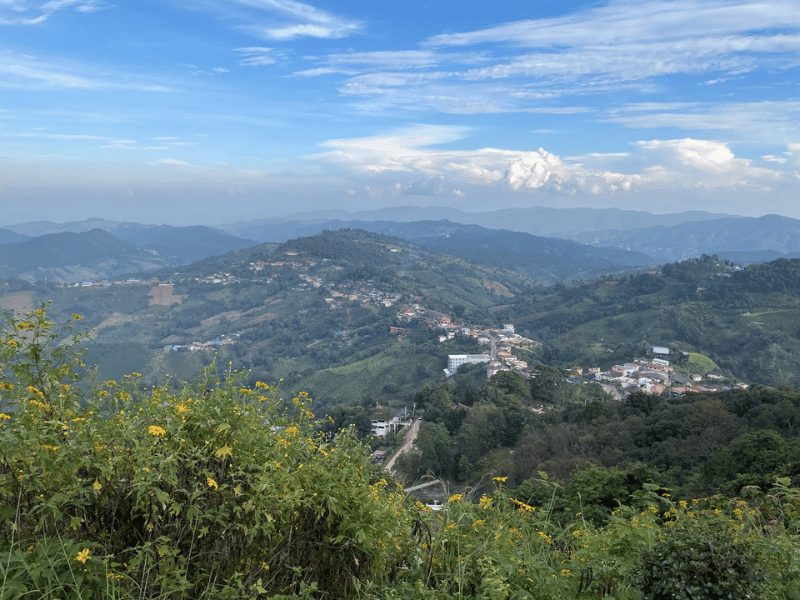
A panoramic view of Santikhiri taken from Phra Borommathat Chedi, a temple built in the late 1990s in honor of Thai Princess Srinagarindra. From mid-November to early December, dok bua tong, a wild yellow flower, blooms along the hillsides.
In Thailand’s Dan Lao mountain range—just six kilometers from the Myanmar border—rests Doi Mae Salong, home to the picturesque town of Santikhiri, meaning “hill of peace.”
Located about 65 kilometers from Chiang Rai’s city center, Santikhiri is known for its cooler, alpine-like climate, tea plantations, and highland tribe communities. What further distinguishes this town is its unique history and Yunnanese (southwestern Chinese) influence. In the 1960s, a former division of China’s anti-communist Kuomintang (KMT) army marched from Myanmar’s jungles, where they retreated after the Chinese Civil War, to seek sanctuary in the mountains of northern Thailand. In exchange for their assistance in countering the communist insurgency along the border, the Thai government granted the soldiers asylum and they established a community in the town of Santikhiri.
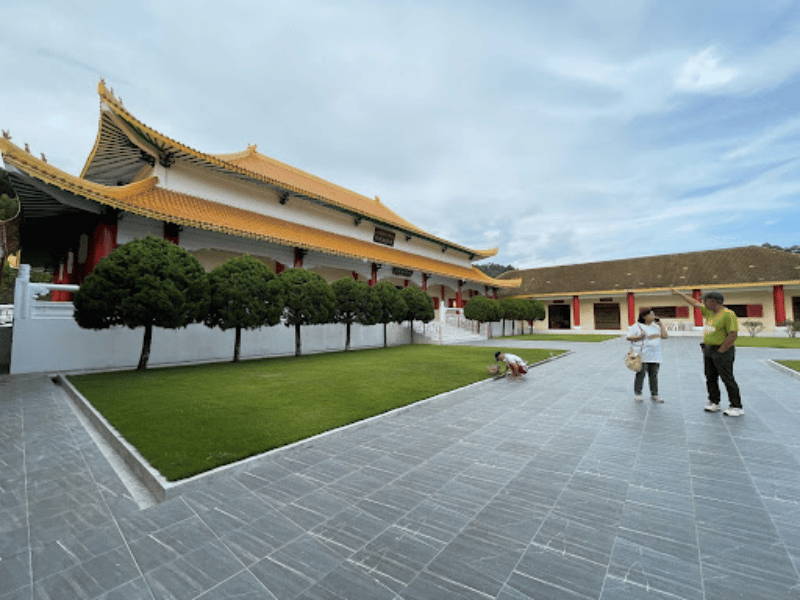
Visitors to Mae Salong can visit The Martyr’s Memorial Hall, dedicated to the former KMT soldiers who settled in Santikhiri, to learn more about the town’s history.
The town’s early history developed around the opium trade in an area called the Golden Triangle, where the countries of Myanmar, Thailand, and Laos meet at the intersection of the Ruak and Mekong rivers.
However, in recent decades, other cash crops such as tea (particularly high mountain oolong) have been introduced to replace the opium poppy and the town’s charm has drawn both domestic and international travelers. While many young people in the town do not strongly identify with their Chinese ancestry, many elders continue to speak Yunnanese as their first language. In addition to the Yunnanese, highland tribes such as the Hmong, Ahka, Karen, and Yao also call Santikhiri home.
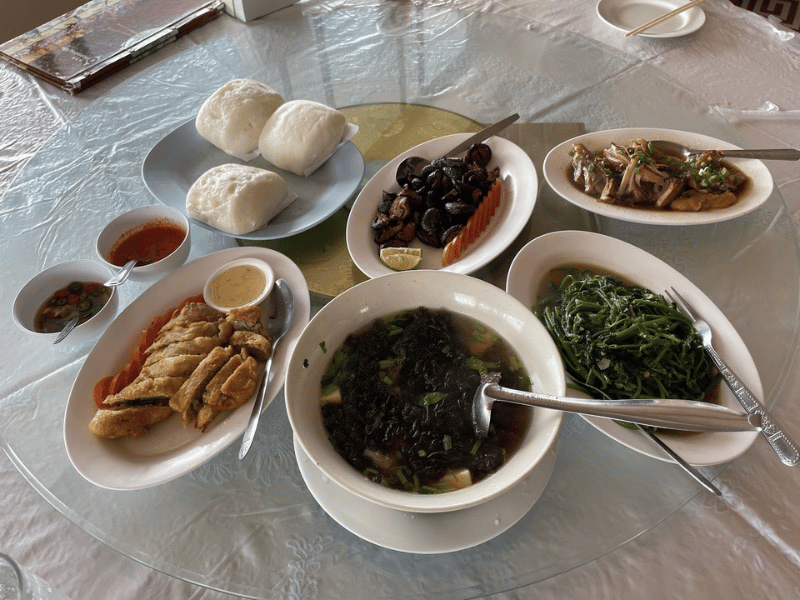
Along with the region’s famous oolong tea, our groups can stop for some authentic Yunnanese food such as mantou, often called Chinese steamed buns.
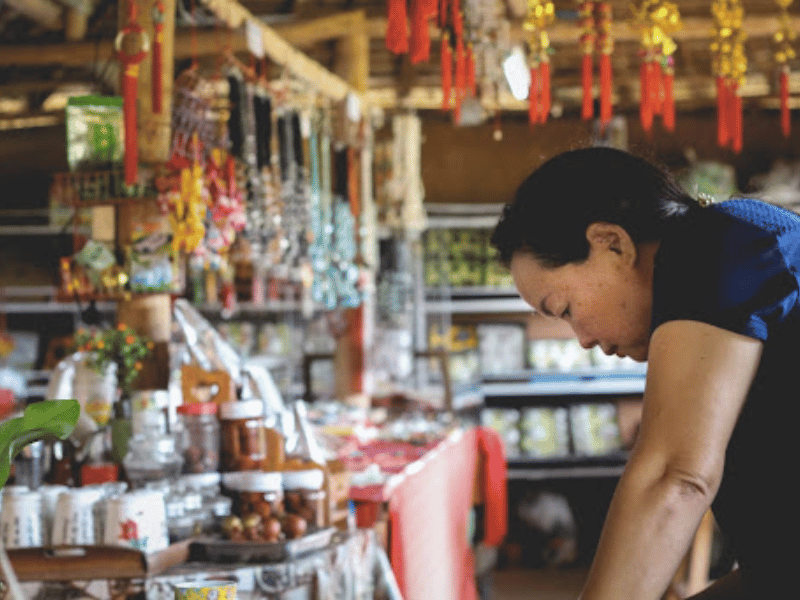
Most tea shops offer free tastings of teas grown in the area, and are a great place to purchase souvenirs for your friends and family back at home.
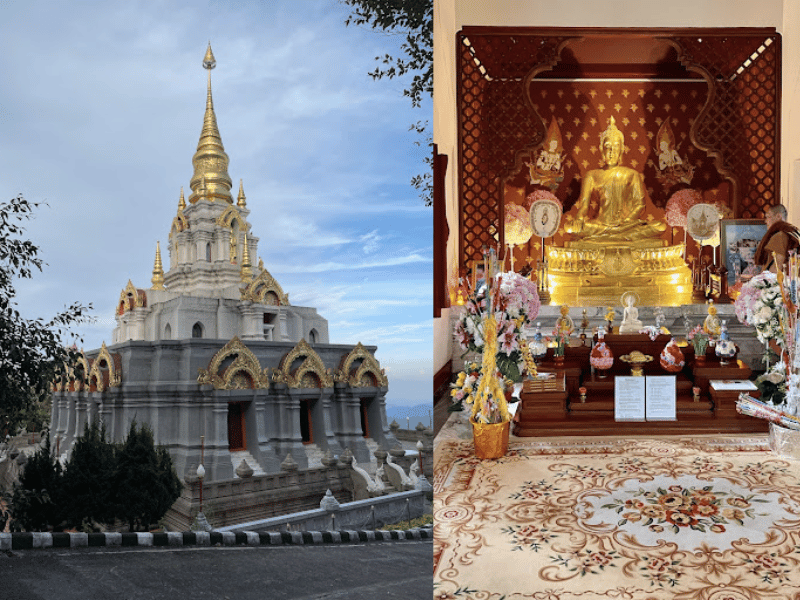
Cap off the excursion with a visit to Phra Borommathat Chedi, the beautiful temple overlooking the hills of Santikhiri.
Following the Thai border west of Santikhiri into Chiang Mai province lies the village of Tha Ton, where students will spend a week engaging in service activities with local elementary schools. Similar to Santikhiri, Tha Ton is home to many highland tribe communities as well as the Shan, an ethnic group from nearby Myanmar.
If you would like to learn more about this Service Thailand program, give us a call or reach out to Portia Watson at portia@goputneydev.com







